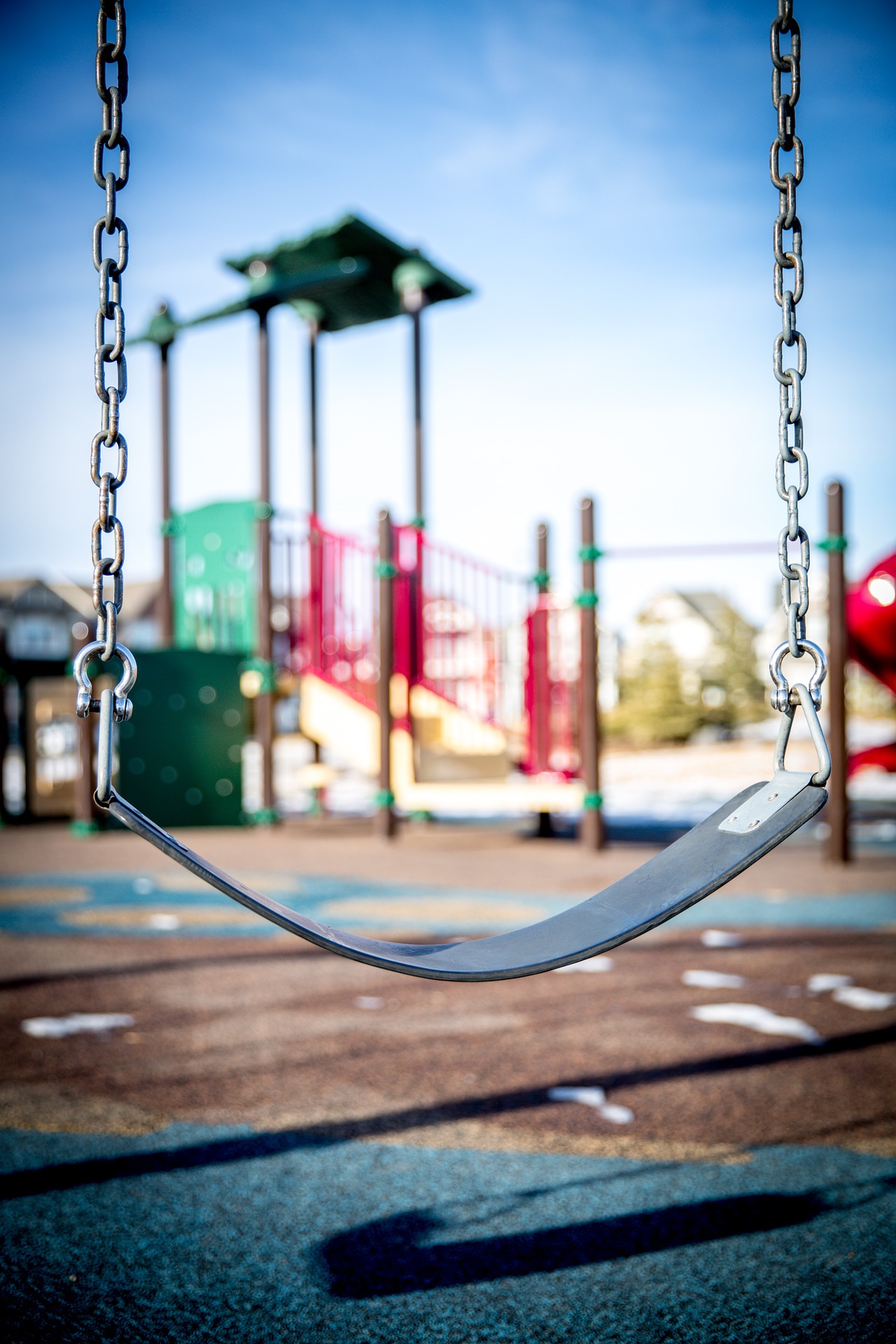Health Safety Tips: Playgrounds
The City of St. Louis Department of Health is asking parents and guardians of children to be mindful of the risk of thermal burns from playground equipment.
Playground surfaces of various types, including metal, plastic, and rubber, have the potential to become hot enough to burn a child’s skin. The Consumer Products Safety Commission (CPSC) offers the following frequently asked questions regarding playground safety.

Doesn’t it have to be hot outside in order for a child to receive a burn?
Surprisingly, no! The weather does not have to be hot in order for equipment to heat up and cause burns. Even in mild weather, as long as the equipment or surfacing is in direct sunlight for an extended period of time, there is a risk of sustaining a thermal burn injury. In fact, one reported incident occurred on a 74°F day and resulted in a child receiving serious second‐degree burns from a plastic slide.
I only have to worry about metal slides, right?
No. Metal is not the only material that can cause thermal burns. Because it is known that bare (uncoated) metal slides can cause severe burns, many pieces of metal playground equipment have either been replaced with plastic equipment or coated with heat‐reducing paint—yet burns still occur on playgrounds. CPSC is aware of nearly 30 thermal burn incidents from 2001‐2008. Of those incidents, 10 were associated with plastic, rubber, or other nonmetal surfaces, and seven were associated with metal surfaces.
What should I watch for?
- Uncoated metal equipment, or metal equipment where the heat‐reducing coating has rubbed off
- Slides, swings, or other equipment that a child may sit on
- Dark‐colored plastics and rubbers, especially the surfacing under and around the playground equipment
- Asphalt and concrete surfaces near playgrounds.
Who is most at risk?
- A child of any age can be burned by a hot surface; however, children 2 years old and younger are most at risk for two reasons:
- A young child’s skin is more susceptible to burning because it is thinner and more delicate.
- Young children have not yet learned to react by removing themselves from the hot surface. Unlike the reflex that happens when a child touches a very hot surface with their hand, a young child who is sitting or standing on the hot surface may scream from the pain of burning, but they may not know to move from the location that is burning them.
What can I do?
- Always be aware of the sun and weather conditions, and do not assume that the equipment is safe because the air temperature is not very high.
- Always check the temperature of the equipment and surfacing before letting your children play on the playground.
- Remember, a young child’s skin will burn faster than your own. If it feels hot to your hand, it may be too hot for a child’s bare skin.
- Because some materials transfer heat more slowly than others, these materials may not feel hot with a quick touch.
- Always dress your child in appropriate clothing for the playground (e.g., shoes, pants).
- Remember that playground equipment, as well as playground surfacing, may cause burns.
- Several incidents have involved a child running barefoot across the playground.
- Always watch your children while on the playground. Supervision can help to prevent some incidents.
Where can I report an injury or burn?
If your child is injured on the playground, first seek medical attention, if necessary, then:
- Call the park owner or operator, which is often your local parks and recreation department or school system, and notify them of the injury.
- Report the incident to CPSC by calling 800‐638‐2772 or logging on to www.SaferProducts.gov.
- Call the manufacturer (if known), and notify them of the injury.
Help Us Improve This Page
Did you notice an error? Is there information that you expected to find on this page, but didn't? Let us know below, and we'll work on it.
Feedback is anonymous.